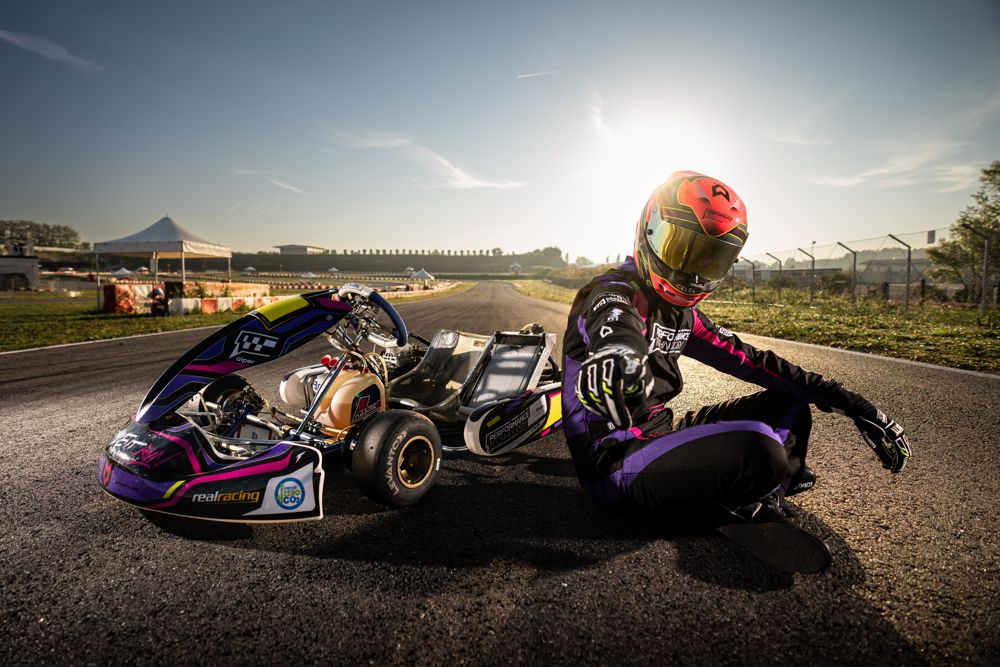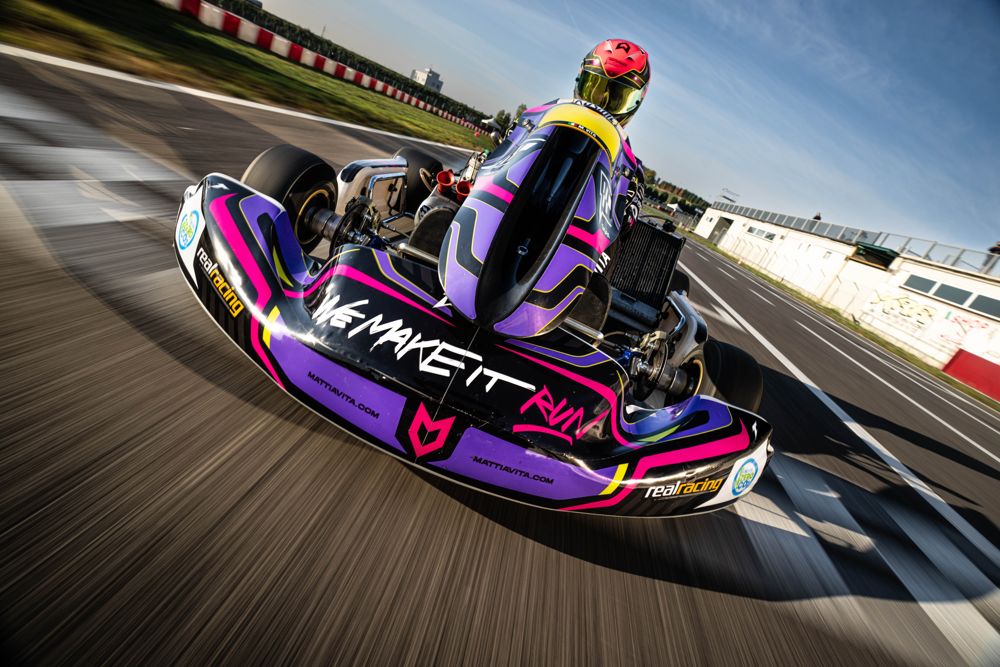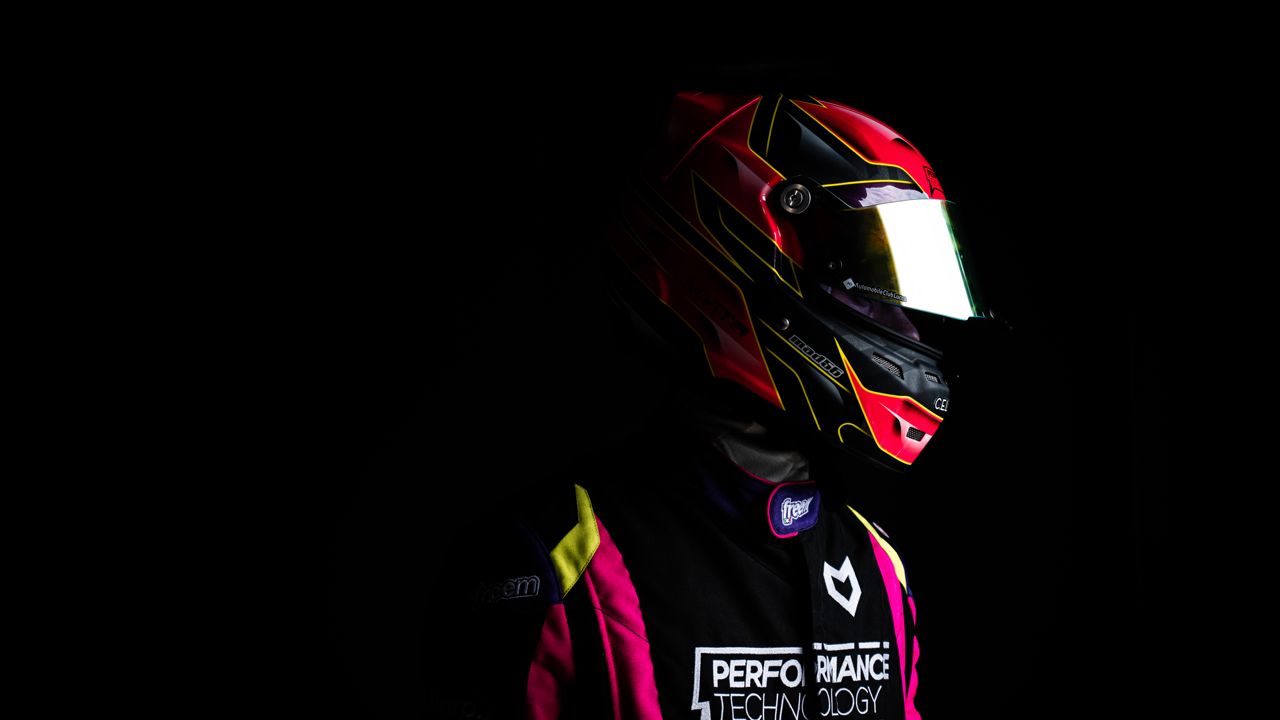If you believe that the world of karting is a simplification of Formula 1, where the “real races” take place, then know that you are very wrong. Karts are a very demanding discipline with a significant technical and technological component. beSharp Performance Technology, the research and development division of beSharp, has embarked on an extremely ambitious project: to bring the technology we now take for granted in Formula 1 to kart racing.
Formula 1 and karting, it’s not what it seems
We visited the beSharp tent in Desenzano del Garda on the occasion of the ROK Superfinals on the South Garda karting track (one of the most important in Europe).
First of all, it is not true that Formula 1 is full of technology while karts have none. Simply, the technological component still has a different penetration. While for those who make Formula 1 it is now an established habitwho runs with karts does not yet consider it a strategic advantage. In fact, in Formula 1 cars there are an infinity of extremely sophisticated sensors to collect mountains of data that are processed in real time. In this way, a team can quickly understand if there are technical problems and improve vehicle and driver performance.
This technology, however, it cannot be transported as it is on karts. A kart weighs much less than a Formula 1 and a even a small increase has consequences. Also, unlike Formula 1, the regulation explicitly prohibits any form of communication between driver and box during races.
And this is where beSharp comes in with its research and development division beSharp Performance Technology. The company’s goal is to collect telemetry data during tests in order to better support mechanics and drivers using devices that do not penalize the car during the race.
 Photo credits: Pro One Media
Photo credits: Pro One Media
beSharp Performance Technology and the adaptation of technology
The challenges to be faced are many, but all also very interesting. First of all, you have to rethink sensors in such a way as to be very light and take up as little space as possible. Secondly, as there is not (yet) a need for continuous communication on the part of karts, the circuits are not normally equipped in terms of network connection.
However, this does not mean that karts are not devoid of technology. I am only equipped differently from Formula 1. Often, data collection is less articulated and their analysis always takes place ex-post. Therefore, it is difficult to connect with certainty an information gathered to the precise context of the vehicle and driver.
So what has beSharp Performance Technology done with karts? To collect telemetry data; ie engine rpm, speed, temperature, fuel condition and much more the beSharp staff has designing and building special sensors: small, light and able to withstand temperature and vibrations. Communication problems, on the other hand, were solved by transferring the data when the kart arrives near a pole mobile along the route. For the more technical, this is called an “opportunistic network”.
The data collected at each lap are processed in real time from AWS, the Amazon cloud, and presented in a very short time to technicians, who can help the pilot improve his performance.
 Photo credits: Pro One Media
Photo credits: Pro One Media
Still a long way to go
The road to beSharp Performance Technology is still long, not only because there are still a lot of things to do, but also because karts are just one of many applications possible.
Speaking with Alessandro Molina, co-founder and CFO of beSharp, one of the next steps is to integrate the system with what are the “de facto standard” equipment mounted on karts. In addition, an approach for improve connectivity by leveraging cellular technologies as well.
We therefore remain at the window waiting for what awaits us from the world of karting. However, we do not exclude the fact that a few years from now we will be able to witness dynamics much more similar to those of Formula 1.
If you want to know more about the beSharp project, find lots of details on their web page.
















Leave a Reply
View Comments